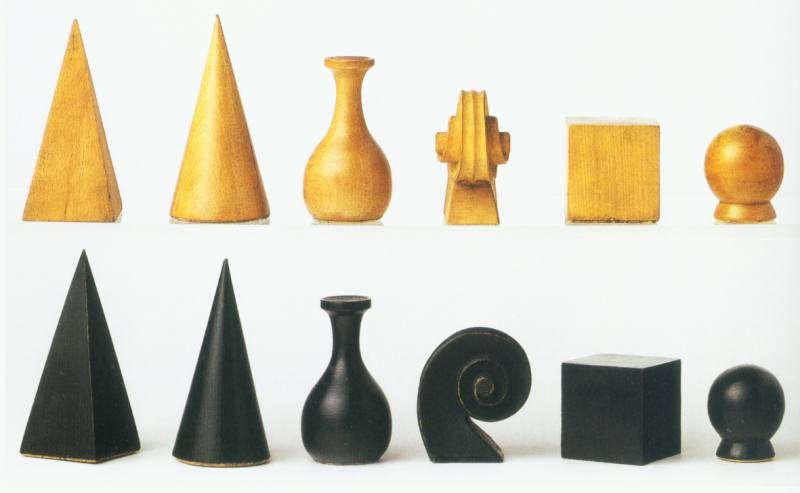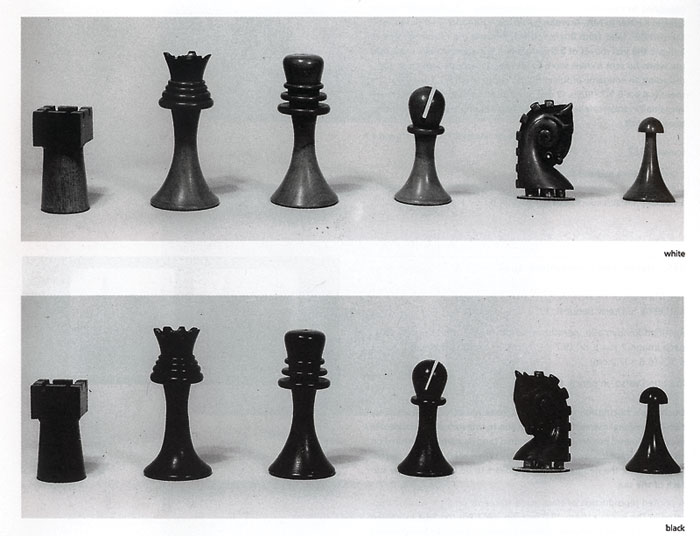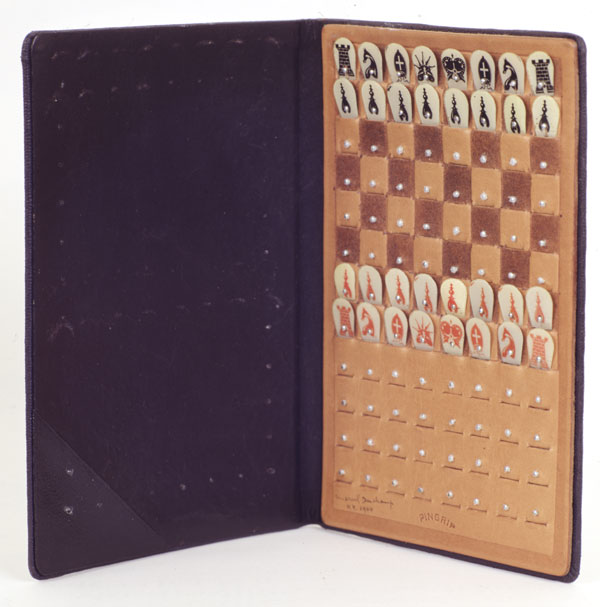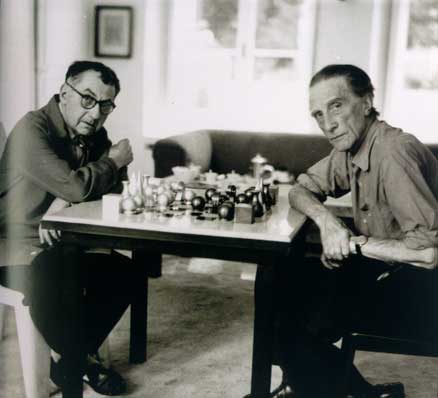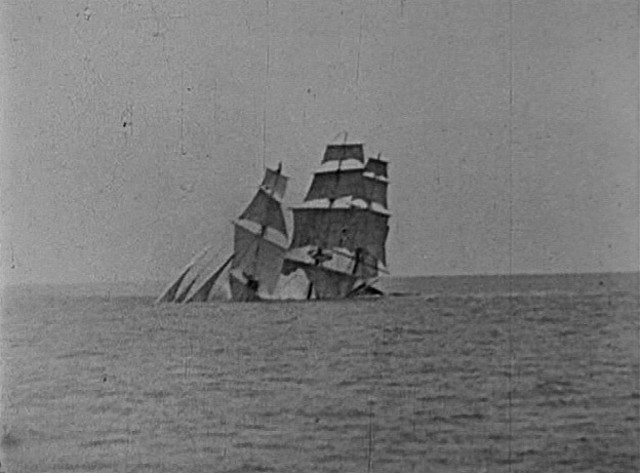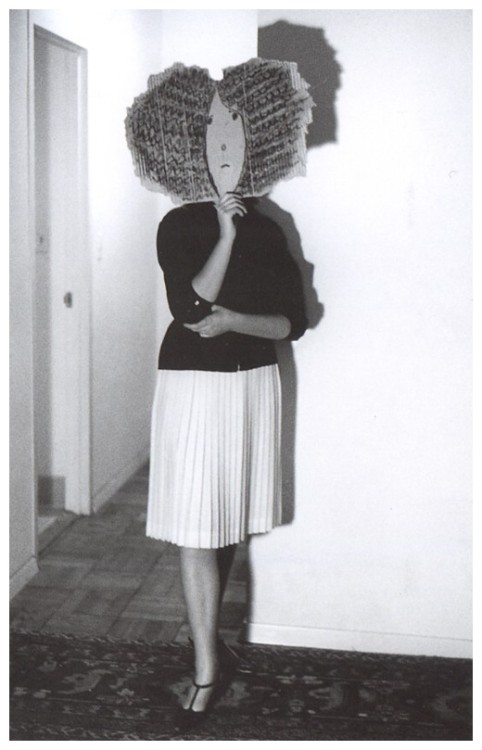Three photographs taken by Robert F. Scott on his ultimately fatal expedition to Antarctica, racing the Norwegian Roald Amundson to the South Pole across the desolate and uncompromising, yet epic and sublime landscape.
Scott was an amateur photographer taught the technical basics by the expeditions professional, Herbert Ponting, so Scott could document the final trudge to the Pole for scientific (and now, historic) purposes. A collection of Scott's photographs have recently been rediscovered and compiled into a book 'The Lose Photographs of Captain Scott' by David M. Wilson, incidentally the great-nephew of Dr Edward Wilson, member of the Terra Nova Expedition.
They make me feel an astonishing sense of loneliness and isolation that I have grown to associate with rocks, ice, islands and the colour white.
some brief descriptions of the above photographs, via
The Guardian
1. Dr Edward Wilson sketching on the Beardmore Glacier, lunch camp, 13 December 1911
Wilson is seen here sitting quietly, sketching. He was one of the last artists in the great expedition tradition in which the pencil was the main method of making records. He produced many yards of accurate geographical drawings, as well as extensive notes and sketches of anything of scientific interest. Here he is drawing the mountain ranges along the Beardmore Glacier, from Mount Elizabeth (left) to the Socks Glacier and Mount Fox (right).
This panorama is the finest example of Scott's mastery of his camera, gained on the march in extreme conditions. The combination of action and repose – illustrative of Scott's unique pictorial understanding – encapsulates the contrast between the Antarctic's majesty and man's diminutive presence
2. Ponies on the march, 2 December 1911
As the pony column disappears into the distance, the "sledgeometer" on the final sledge clicking the mileage as it goes, the straggle of ponies becomes veiled in the icy wilderness. Many of the men in this image would return, but not all. None of the ponies would: within a few days they would be shot.
3. Camp under the Wild Mountains, 20 December 1911
Scott took this impressive image to capture the interesting geological features around Mount Wild. On the sledge in the camp, two figures can be seen sketching. On the left, Apsley Cherry Garrard is drawing the view towards Mount Buckley; on the right, Edward Wilson is making detailed sketches and notes of the geological features so clearly visible in Scott's photograph. The other figure that can be seen is probably Birdie Bowers, who died with Scott on their return from the polar expedition, just months later. Scott returned his camera to base with the First Supporting Party as they departed from the top of Beardmore Glacier towards Cape Evans. Critically, this lightened the sledge loads for the push across the Polar Plateau to the South Pole. Bowers, with his lighter camera, was chosen by Scott to become the photographer for the final pole party.





